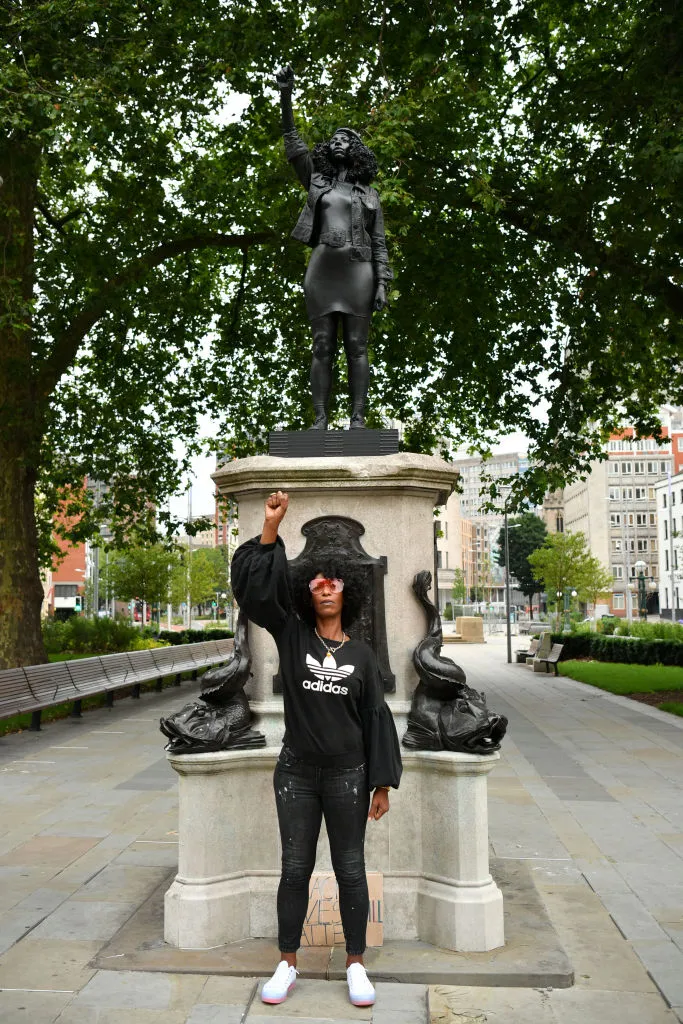Statues and sculptures have always been used to convey information and ideas. They have formed a part of our cultural sensibilities and urban design for as long as we remember, but there are always periods in history when these become more prominent than others.
After a period of transition, public memorials are erected to mark regeneration and rejuvenation; of a city, of a country, and to celebrate heroes who we believe have been instrumental in shaping our collective national identity.
Collective memory
The notion of collective memory was first postulated by French theorist Maurice Halbwachs. Halbwachs asserts that it is in society that we acquire most of our memories, that there exists a collective memory, and “it is to the degree that our individual thought… participates in this [collective] memory that it is capable of the act of recollection.”
This collective memory is often seen as the foundation for a unique nationalistic identity and crucial to people’s sense of belonging. Political power is often legitimised by the galvanisation of this nationalistic narrative, often by simplifying history and condensing it into a few iconic milestones, events and people, to form the backbone of the collective past.
Read more about biases:
- Science history: Does renaming a building rewrite its past?
- If a long history of unconscious bias can teach us anything, it's that faulty thinking can be fatal
The notion of nationality is intricately linked to identity and belonging, and to race. These associations emerge early in life and are shaped by cultural context: the messages we get around us create implicit biases.
Environment and the brain
Environmental cues are not benign. Neuroscience research has shown that dopamine neurons are one way our brains give things around us meaning.
Dopamine neurons get activated in presence of rewards such as food and water, but they can also imbue environmental cues, such as signs and landmarks, with value and meaning. This gives them the ability to drive behaviours and motivate actions.
We are constantly engaging with the statues around us in our environment, and these affect not only the way we see our past and our history, but also our emotions, how we feel and act.
Reinterpretation or removal?
These discussions are fraught with complexity and charged with emotion.
The American Museum of Natural History (AMNH) in New York addressed the racist views and actions of 20th Century US president Theodore Roosevelt, whose father was one of the founders of the museum, with an exhibition last year.
The Addressing the Statueexhibit explored the museum’s design and installation, as well as Roosevelt’s racism. The museum also took other actions, such as adding detailed captions to artefacts to address past errors.

Then, in June 2020 the AMNH made a statement that the statue of Roosevelt in its entrance “should no longer remain and have requested that it be moved”.
Other possible solutions were proposed by conservationists around the world, including the suggestion to add to the monument in a way that recontextualises it.
Neither of these solutions are optimal.
Availability Bias
Reinterpretation might provide added context to help change the meaning of monuments, but this will not happen instantly. The visual image is often much stronger than words, and any reimagining of our history that leaves some of the contentious past edifices intact does not address the problem of availability bias.
When we see something every day, we are more likely to believe its narrative. This cognitive shortcut operates on the notion that if something can be recalled, it must be important, or at least more important than alternative solutions which are not as readily recalled.
Availability of information is correlated with ecological frequency, and so anything that exists more often is more easily recalled. No amount of interpretation will change the ease of recall associated with these exemplars.
Statues and monuments are triggers for our collective memory, set in stone. These and the history we are taught all reinforce power structures in society about whose history is important and who should be able to tell it.
Read more from Reality Check:
But history is never set in stone: the past is. History is merely a representation of the past inevitably determined by those with power. There is, and always has been, a power imbalance in how history is written and told, and whose history gets recorded.
As we debate the falling and removal of statues around us, we might wonder if it is erasing our past, and destabilising our collective identities. But, history has always been revised and rewritten. Our collective and individual identities shift and acquire different meanings over time.
As we discuss whether these controversial statues should go or stay, those making decisions should consider the impact these cues are having. As statues are examined for the roles they play in shaping our identity and sense of belonging, it is also important to consider what views and narratives of history are embodied in these different monuments, and who should decide whether these are preserved or destroyed.
Visit the BBC's Reality Check website at bit.ly/reality_check_ or follow them on Twitter@BBCRealityCheck

